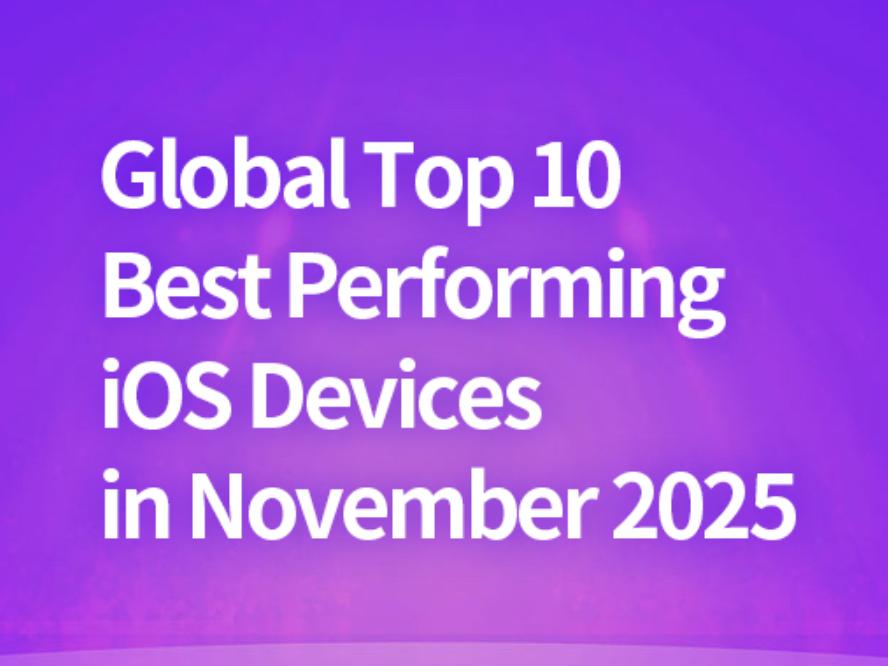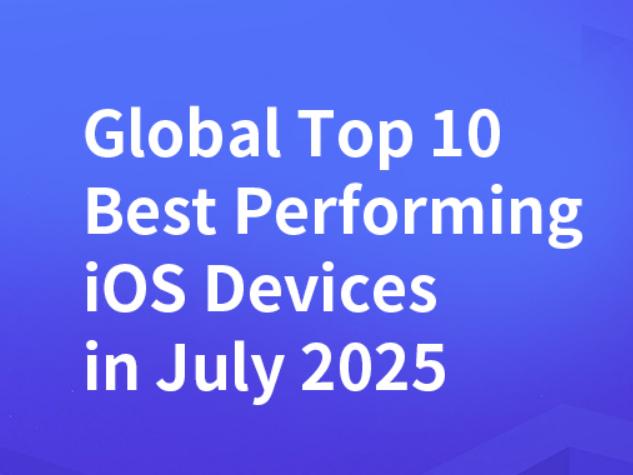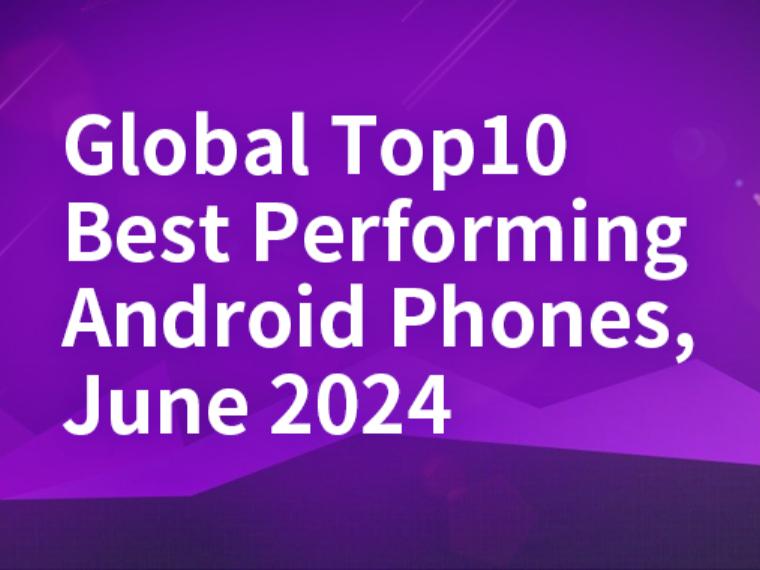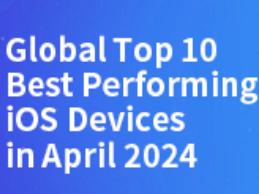The Snapdragon 805 is going to knock your socks off

The latest and greatest in mobile processors available today is Qualcomm’s Snapdragon 800. Able to run four cores at 2.3Ghz, process multiple high-definition streams at once, and leap tall buildings in a single bound, the 800 is the processor that you want in your phone today – regardless of who makes it or what operating system it runs.
Curiously, with high-end flagships just starting to arrive with this super-powerhouse of a processor inside, we started to hear rumblings that Qualcomm may have been working on an update to the Snapdragon 800 processor. It turns out that the rumors were correct. The new version is called the Snapdragon 805, and it’s going to blow your socks off!
Construction
First and foremost, let’s talk about how this little bundle of electronic wonderment is constructed. The Snapdragon 800 is built on 28nm Krait 400 CPU. 28nm is small — VERY small!
Like we’ve mentioned before, a sheet of paper is about 100,000 nanometers thick. A strand of human DNA is 2.5 nanometers in diameter — that’s only ≈10 times smaller than the technology inside the Snapdragon 800! So yes, it is small — but the Snapdragon 805 is built even smaller: 20nm.
Building chips smaller allows manufacturers to fit more transistors on the silicon which saves costs in raw materials. Once put onto a circuit board, chips built to the smaller standard require less power to run. This results in a double-bonus: reduced power consumption and reduced heat generation. Both of these help increase battery life.
Processor
One feature which sets the Snapdragon 800 apart from the 805 is the upgrade from a Krait 400 CPU (which can run up to 2.3GHz per core) to the new Krait 450 CPU core (which can run at up to 2.5GHz per core).
Yes folks, that’s 10GHz of pure processing power in a package that can fit comfortably in your pocket. Ten Gigahertz. Ten-thousand Megahertz.
Let’s pause for a moment and pay tribute to the sub-1GHz CPUs that powered our desktop a laptop computers just a few years ago.
Graphics
The Snapdragon 805 processor will be the first mobile processor to offer system-level Ultra HD 4K support. This is a step up from the Snapdragon 800, which only offered support for resolutions up to 2560 x 2048, unless you were hooking up to an external display.
The GPU in the 805 is the brand new Adreno 420, a step up from the 800′s Adreno 330 — by about 40%. What does that mean? Ultra HD 4K is essentially 2160p — compared to standard HD’s 1080p and 720p. With Ultra HD 4K, recording and playing back videos will be beyond beautiful.
If the increase in resolution capabilities wasn’t enough, the Adreno 420 is Qualcomm’s first DirectX 11 compliant graphics processor. This could be great news for future Windows Phone and Windows RT products.
Memory
We always seem to focus on how fast the processor is, or the features of the GPU, or how much RAM a device includes, but something that’s often overlooked is how fast the RAM can communicate with the processor and the GPU. Think of it this way, you live in one town which only includes high-rise apartments, all the jobs are in a city several miles away, but that city only has jobs. All the shopping is in a third city, which is several miles away from both of the other two. I know, it seems a bit silly, but that’s how computers operate. Each component specializes on one particular type of tasks.
Carrying the analogy forward, each of these three cities is connected by roads, allowing people to travel between each one to accomplish whatever they need to get done. If the roads are single-lane, country roads that only allow one car in each direction, it doesn’t matter how many people live in the city, or how many jobs the other can provide, it’s going to be a continual bottleneck. Everything will be slow, even if the separate components are individually very fast.
The same is true inside our smartphones and tablets. With support for LPDDR3-1600, the Snapdragon 805 features up to 25.6GB/s of peak memory bandwidth using a 128-bit wide LPDDR3 memory interface. That single-lane country road just got upgraded to a futuristic maglev monorail!
When?
We’ll probably see products based on the Snapdragon 805 showcased at CES in January and MWC in February, but I wouldn’t expect to see products on the shelves until the second half of 2014.
Oh, just in case you wondered what all these IT Crowd videos have to do with smartphones, this clip should sum it up nicely.







